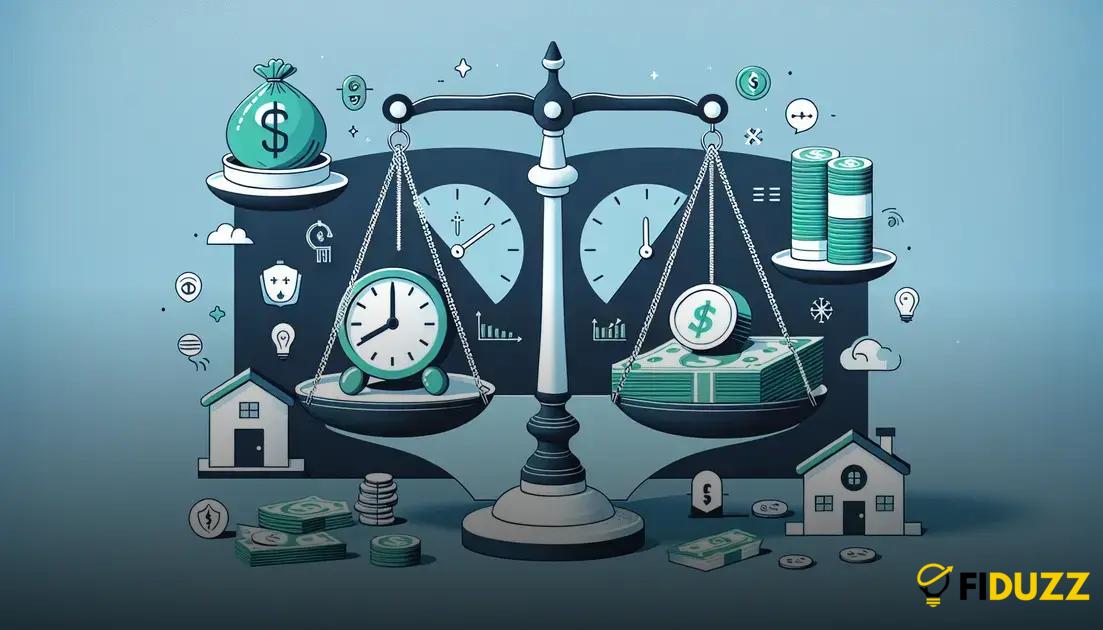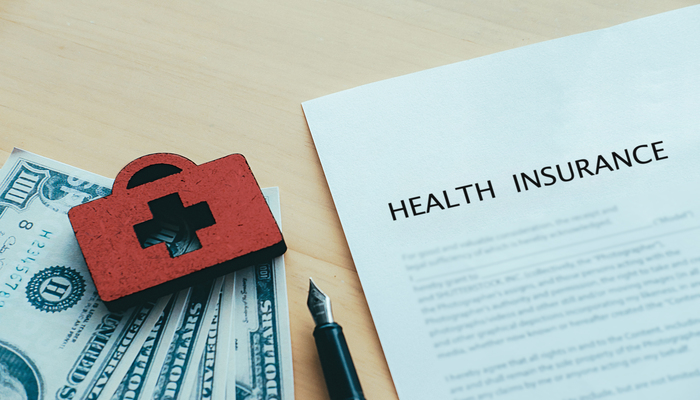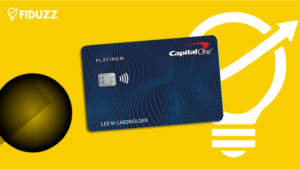Are you facing an unexpected financial crisis? Emergency loans provide a swift solution to help you navigate through tough times.
What Are emergency loans?
An emergency loan is a type of funding designed to provide quick access to money during unforeseen financial crises. They are often used for urgent needs like medical expenses, car repairs, or other unexpected bills. Due to their urgent nature, these loans usually have a fast approval process.
Emergency loans can come from various sources. Traditional banks, credit unions, and online lenders are common providers. Each has its own set of terms, conditions, and application processes. Some may require collateral, while others offer unsecured options.
Interest rates on emergency loans can vary widely. Rates depend on factors such as your credit score, lender policies, and loan amount. Higher interest rates are often linked to these loans due to the risk involved for lenders. However, comparing different lenders can help you find more favorable terms.
Repayment terms also differ. Some emergency loans need to be repaid in a few weeks or months, while others offer more extended periods. It is crucial to read the fine print to understand any hidden fees or prepayment penalties that might apply.
Before choosing an emergency loan, take the time to explore all available options. Consider not only the speed of funding but also the overall cost and repayment terms. Proper research can ensure you select a loan that best fits your immediate needs and financial situation.
How to qualify for emergency loans

Meet Basic Criteria: Ensure that you meet the basic criteria set by lenders. This often includes being at least 18 years old, having a steady source of income, and holding a valid bank account.
Check Your Credit Score: While some lenders may approve loans without a high credit score, having a better score can increase your chances and possibly get you better terms. Obtain your credit report and ensure there are no errors.
Evaluate Your Debt-to-Income Ratio: Lenders will look into your debt-to-income ratio, which measures your monthly debt payments against your monthly income. A lower ratio indicates you manage your debt well and can take on new debt responsibly.
Prepare Necessary Documentation: You may need to submit proof of identity, income, and residence. Commonly required documents include a driver’s license, pay stubs, and utility bills.
Research and Compare Different Lenders: Different lenders have different requirements and loan terms. Compare factors like interest rates, loan amounts, and repayment terms to find the best fit for your needs.
Choose Lenders with Transparent Terms: Qualifying for an emergency loan can be quick, especially with online lenders who offer faster processing. Make sure to choose lenders with transparent terms to avoid unnecessary fees and high-interest rates in the long run.
Types of emergency loans
Short-term personal loans: These loans are often unsecured and can be obtained quickly. Many lenders offer fast approval and funding, making them ideal for urgent financial needs. Borrowers can use them for various emergencies such as medical bills, car repairs, or unexpected travel expenses.
Payday loans: These are small, short-term loans designed to be repaid with your next paycheck. They have high interest rates and fees, so they should be used with caution. They are suitable for covering immediate financial gaps but may lead to a cycle of debt if not managed properly.
Title loans: These loans require you to use your vehicle as collateral. They can provide quick access to cash, but there’s a risk of losing your vehicle if you fail to repay the loan. The loan amount is typically based on the value of your car.
Credit card cash advances: If you have a credit card, you can withdraw cash up to a certain limit. This option is convenient but often comes with high interest rates and fees. It’s best to use this method only for short-term financial needs.
Personal lines of credit: This is a flexible borrowing option where you can access funds as needed, up to a predetermined limit. Interest is only charged on the amount borrowed. It’s useful for ongoing or unexpected expenses.
Pawnshop loans: By using personal items as collateral, you can get a loan from a pawnshop. The loan amount is usually a fraction of the item’s value, and if you don’t repay the loan, the pawnshop keeps the item. This can be a quick way to get cash but may result in the loss of valuable items.
Pros and cons of emergency loans

Pros:
- Quick Access to Funds: Emergency loans provide fast access to cash, often within 24 hours, making them a vital resource in sudden financial crises.
- Flexible Use: Borrowers can use the funds for any emergency expense, such as medical bills, vehicle repairs, or emergency travel.
- Variety of Options: There are many types of emergency loans available, including personal loans, payday loans, and credit card advances, giving borrowers multiple options to choose from.
- Improving Credit Score: Timely repayment of emergency loans can help improve your credit score, providing long-term financial benefits.
Cons:
- High Interest Rates: Emergency loans, especially payday loans, often come with very high-interest rates, which can accumulate quickly and become difficult to repay.
- Short Repayment Terms: Many emergency loans have short repayment periods, leading to high monthly payments that may be challenging for some borrowers.
- Risk of Debt Cycle: The high cost and short terms can trap borrowers in a cycle of debt, where they have to take out new loans to cover old ones.
- Potential for Scams: There are many predatory lenders in the market offering emergency loans, so it’s crucial for borrowers to choose reputable lenders to avoid scams.
How to apply for emergency loans
Applying for an emergency loan is straightforward but requires attention to detail. Start by identifying the amount you need and your ability to repay it. Once you have that, you can move forward with these steps:
- Check Your Credit Score: Your credit score plays a vital role in the approval process. Lenders often look at this to determine your creditworthiness.
- Research Lenders: Different lenders provide emergency loans with varying terms and conditions. Compare interest rates, fees, and repayment schedules to find the best fit for your situation.
- Gather Documentation: Commonly required documents include proof of income, identification, and bank statements. Have these ready to speed up the process.
- Submit an Application: Fill out the online or in-person application form. Ensure all details are accurate to avoid delays.
- Review Loan Offers: After submission, you may receive multiple loan offers. Review them carefully, considering the interest rate, repayment terms, and any additional fees.
- Finalize the Loan: Once you’ve chosen an offer, sign the agreement and complete any additional steps required by the lender. The funds are usually deposited quickly, often within a day or two.
The key to a successful application is preparation. Having all necessary information and documents ready can significantly expedite the process and increase your chances of approval.





